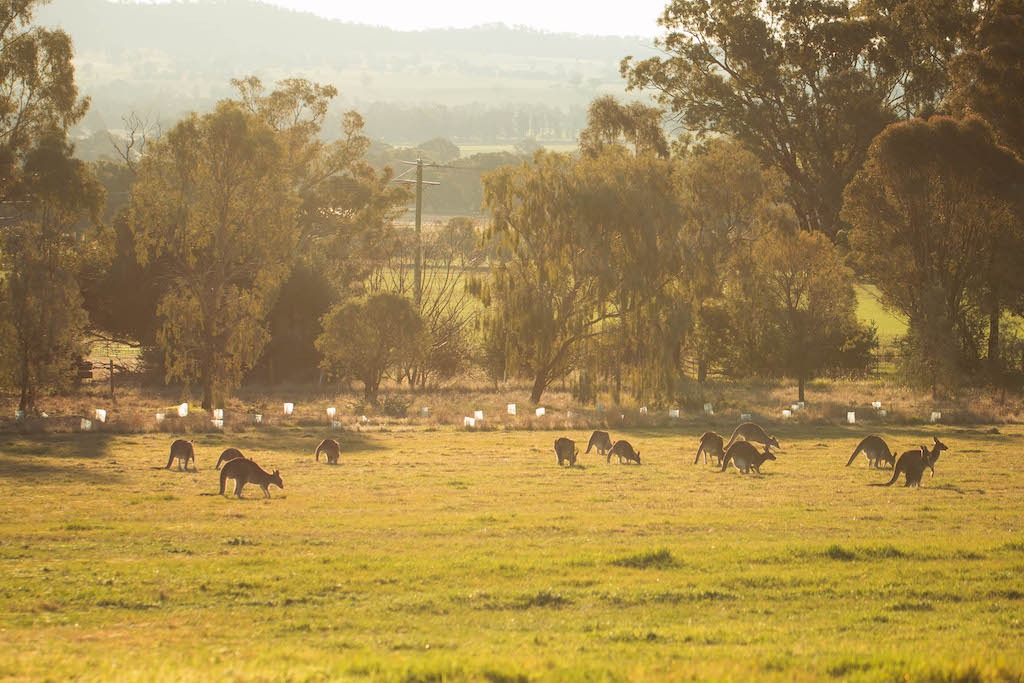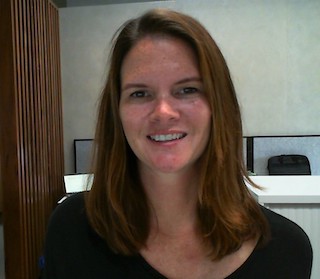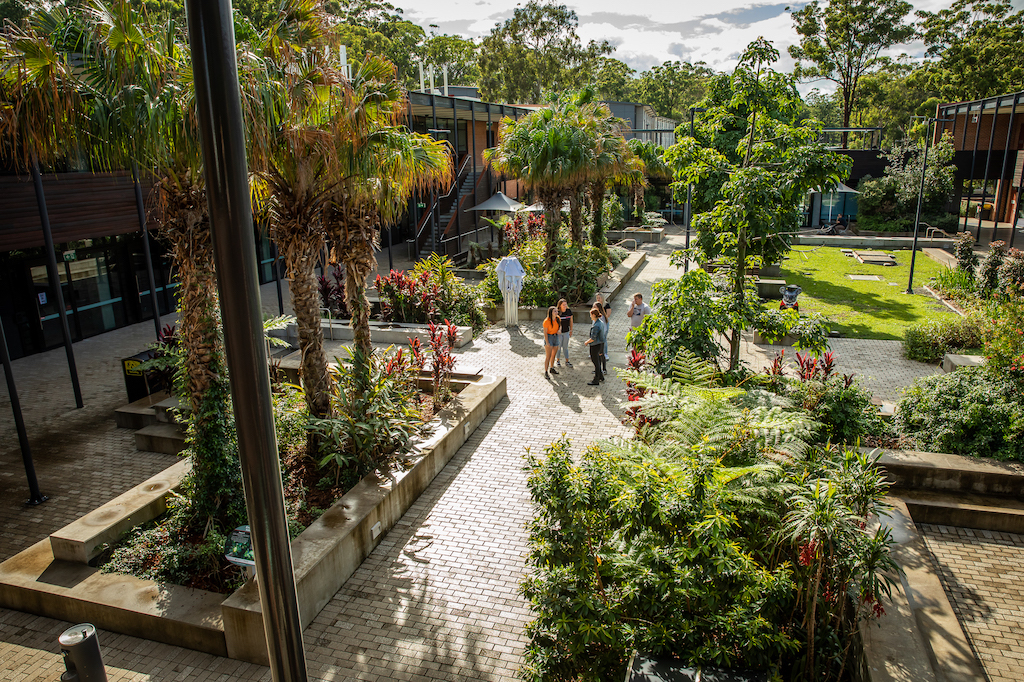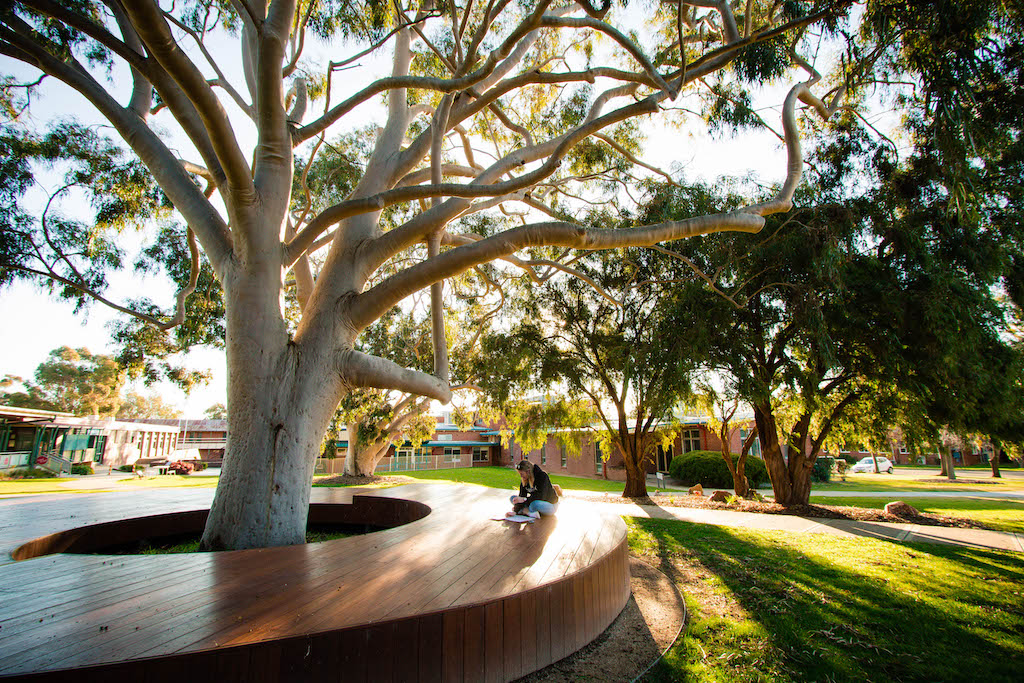
Integrating environmental and sustainability perspectives into first-year physiotherapy studies at Charles Sturt University, Australia
Setting the scene
Charles Sturt University (CSU) offers a Bachelor of Physiotherapy across three of its campuses. This is a 4-year degree, in which the final year is predominantly clinical placement.
In 2019, CSU announced a sustainability statement in which they described sustainability as a process that: ” integrates environmental, social, and economic considerations into decision making with the goal of creating a thriving and healthy society” (CSU Sustainability Statement, 2019). Further to this, a graduate learning outcome was formed which required all CSU graduates to be able to: “Engage with ethical and sustainable practices that meet the needs of the present without compromising the ability of future generations to meet their own needs and those of the environment” (CSU, 2019).
In 2022 the Physiotherapy teaching team at CSU began incorporating the topic of sustainability into subjects at 1st, 3rd and 4th-year levels.
Integration of the ‘business of sustainability’ into a first-year subject
“The business of sustainability” was introduced to our students in a first-year subject in a 3-part activity involving 1) group analysis of scholarly articles, 2) application to case-based scenarios and 3) introduction to the UN Sustainable Development Goals (SDGs).
Part 1: Group analysis of scholarly articles
The first years were introduced to the topic of “the business of sustainability” initially through group analysis of scholarly articles on the topic. The aim of their group work was to summarise the key points for the class. These articles were:
Stanhope, J., Maric, F., Rothmore, P., & Weinstein, P. (2021). Physiotherapy and ecosystem services: improving the health of our patients, the population, and the environment. Physiotherapy Theory and Practice, 1-14. https://doi.org/10.1080/09593985.2021.2015814
Maric, F., & Nicholls, D. A. (2021). Environmental physiotherapy and the case for multispecies justice in planetary health. Physiotherapy Theory and Practice, 1-12. https://doi.org/10.1080/09593985.2021.1964659
Maric, F. & Nicholls, D.A. (2019) A call for a new environmental physiotherapy – An editorial, Physiotherapy Theory and Practice, 35:10, 905-907. https://doi.org/10.1080/09593985.2019.1632006
Students then returned to the class and presented a summary of their respective articles to their peers. The articles raised topics such as active versus passive transport, the health benefits of utilising green and blue spaces and the subsequent benefits to the environment were discussed.

Kylie Dobson (B. Ex.SC, M. Phty)
Lecturer, Charles Sturt University, Australia
Kylie’s background as a physiotherapist includes aged care, community physiotherapy and rehabilitation in both Australia and New Zealand. She is a strong believer in patient empowerment through education and creating sustainable changes in patient’s lives. Kylie also has a strong passion for helping to create new graduates who are ready and willing to make a difference in the world through sustainable healthcare.
The new information gleaned from the summaries then scaffolded a class discussion on the students’ individual perceptions of the topic. The facets of the topic pertaining to personal, environmental and business sustainability, and the goal of empowering the patient towards self-management created a forum of open discussion and idea sharing.

Part 2: Application to case-based scenarios
These principles were then applied to a problem-based learning scenario involving a city-dwelling, sedentary client presenting for rehabilitation post-coronary-artery bypass graft. The client also had underlying health issues such as hypertension, and depression and was pre-diabetic. Students were prompted to think about the issues of lifestyle and the implementation of exercise into the client’s everyday life and apply the principles from the summarised articles to the case. Student-generated solutions then considered multi-faceted benefits, for example:
- walking to a park at lunchtime with a colleague harnesses the mental health benefits of exercise, green space exposure and socialising.
- If the client also took the stairs instead of using passive transport, this provided an additional opportunity for movement and exercise and there was also a benefit to the environment.
Students were also prompted to think about how to make these changes more sustainable for the client through patient-centred goal setting and by making small, everyday lifestyle changes.

Part 3: UN Sustainable Development Goals
The next component of the topic was to introduce the students to the UN SDGs. Students were instructed to work in small groups and choose 2 of the SDGs in which they believed the physiotherapy profession could make the most impact and to justify their choice. They were also required to make plans to implement these changes and present this to the class. This exercise provoked excellent discussion around the impacts of healthcare on the environment and how much difference physiotherapists can make collectively.
Feedback
Feedback received from the students was very positive with inspiring comments such as: “Physio could be one- if not THE- most environmentally sustainable practices” and “Physios can educate others”. Our educators also identified that these activities resulted in an enthused class ready to make a difference!
Looking ahead
The physio team at CSU are working towards scaffolding the theme of sustainability throughout the physiotherapy degree. Common language and messages about sustainability are already integrated into the course. Watch this space as we further develop this very pertinent, growing area of physiotherapy.
Get in touch
🇬🇧 We would love to hear from you and continue the conversation about our teaching initiative. If you have any feedback, questions or ideas that you would like to share with us, please contact Kylie Dobson via SoMe, email or use the comment form below.

0 Comments